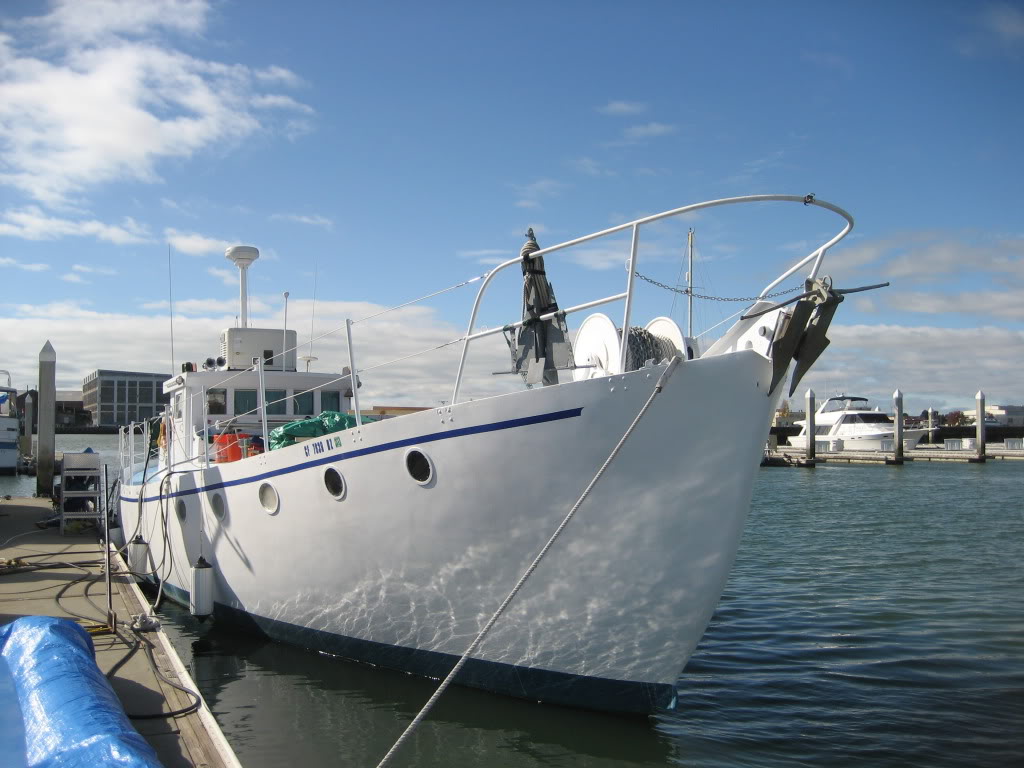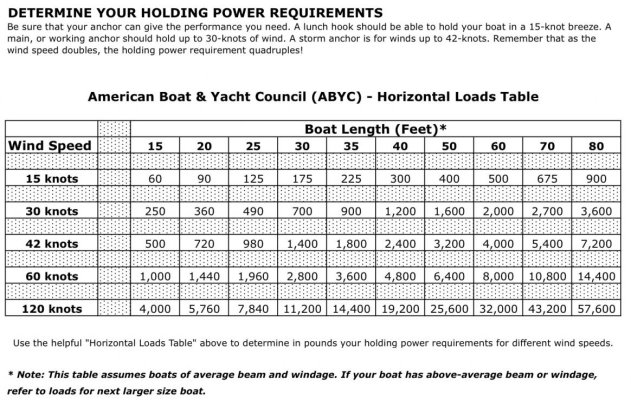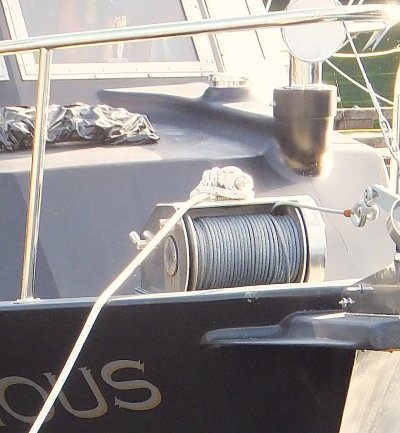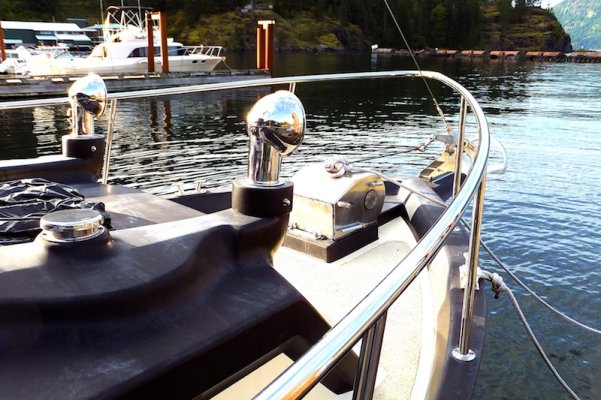Unquestionably, there are bottom conditions such as grass, weeds or rocks where a different type of anchor, which is very heavy and has a narrow single fluke, will perform better than a Fortress.
I have certainly talked with enough boaters over the past 17 years while employed by Fortress to know that anchoring technique is an often overlooked component of anchor performance for all brands. Issues might have been resolved by simply using longer scopes, or power setting the anchor to insure that it had a good initial set, etc.
Additionally, what anchor + chain + rope that will fit in the anchor storage locker is sometimes the determining factor as to what type of anchor the boater will buy and how much ground tackle they will use, never the mind the bottom conditions or the proper scope that will be needed.
What we sought out to accomplish with our recent Chesapeake Bay testing was to take anchoring technique out of the performance equation, as every anchor was tested the exact same way.
What we learned was fully expected by our retired US Navy consultant Bob Taylor, as he stated prior to the testing that "anchors which are designed and optimized for harder soils will oftentimes have a holding ratio (holding power divided by anchor weight) of 10-15 when used in a soft soil," which is almost exactly what we found in the soft mud bottoms where we tested.
As an example, most of the 44-46 lb fixed shank convex/concave single fluke type anchors achieved holds of 450-700 lbs, or 10-15 times their weight, just as Bob had predicted. We had a few rare spikes among these anchors above 1,000 lbs, but most of the time they broke free shortly afterwards.
One of the media we had aboard was a very knowledgeable gentleman who was representing Sail magazine, and he is also writing a book on anchoring. He is an experienced cruiser and a liveaboard, and he was incensed that other anchor manufacturers make their size recommendations based on boat length and displacement, with unknown regard for the wind or bottom conditions, particularly in this common soft mud bottom, where holding power performance will fall off of a cliff for all anchors.
He felt that while Fortress has hard sand / soft mud holding power figures posted for each anchor, we should also post the ABYC horizontal loads table (image below) right nearby so that boaters can determine the anchor they will need by looking at their boat size, and then compare the potential wind conditions as well.
We will seriously take up his suggestion.
Brian





